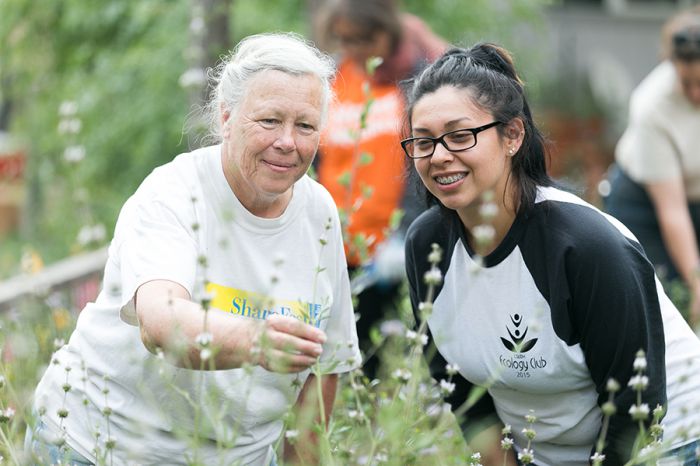
Following one of California’s driest winters, South Bay gardeners will need to make some choices about their thirsty rose bushes and tomato plants.
The good news is that appropriate regional water-wise landscapes are not all cactus and rock gardens, according to Constance M. Vadheim, a CSU Dominguez Hills adjunct professor of biology.
“There are many drought-tolerant native shrubs that are evergreen or bloom with pretty flowers,” she said. “The lemonade berry, for example, has beautiful flowers, edible berries, and birds love it.”
For more than 10 years, Vadheim has volunteered her extensive hands-on knowledge of California’s native, water-wise plants with creative and practical lecture topics, such as “Solar Dyes: How to dye yarn using nothing more than water, cuttings from your garden, a large jar and the heat of the sun.” She grew up mostly in California with an early interest in flora and fauna, and she spent much of her professional career as an epidemiologist.
“When it was clear that climate change and habitat destruction were really getting out of hand, I had to do something, because these things were affecting public health. So, I went back to my love of plants,” she said.
She engages gardeners with her free talks at Madrona Marsh Nature Center in Torrance, El Dorado Nature Center in Long Beach, and events with the city of Gardena. She is assisted by CSUDH professors and students from a range of departments – anthropology, biology, art and other disciplines – as well as the student Ecology Club.
“They are now designing a campus garden, and they do a lot of work at local preserves,” she said. “The university also has an important relationship with the Gardena Willows Wetland Preserve.”
One very special patch of plants for Vadheim is the on-campus Garden of Dreams next to the Child Development Center.
“It’s a discovery garden for kids of all ages, and all of the plants are native to within 25 miles of campus or the Channel Islands,” she said. “When I designed it for the kids, I meant for it to be a safe place for them to get to know nature, and it includes edible currants; five different fragrant sages; buckwheats, which are good butterfly plants; a poppy bush and wildflowers.”
Regionally, Vadheim emphasizes the need not only to conserve water but to also focus on plants that are “life-friendly,” plants that normally grow in Southern California and have adapted over millennia to local conditions. Over the last couple of centuries, California natives have been supplanted by imports – palm trees, eucalyptus, cactus, pepper trees, bamboo – from similar Mediterranean climates, but these foreign plants are not attractive to local wildlife.
“There is a big push to be water wise, and that’s a good thing. But that’s just half the story. ‘Life-friendly’ means we need to think about the plants that are good for us and for birds, butterflies and pollinators,” Vadheim said
This does not mean, she emphasized, that gardeners shouldn’t enjoy a summer vegetable garden or favorite rose bushes.
“It’s not about denying yourself,” she said. “Things are going to have to change, but it’s all about making the right choices for your water budget.”
– Laurie McLaughlin
Great Native Plants for Summer Color
Annual wildflowers (from seed)
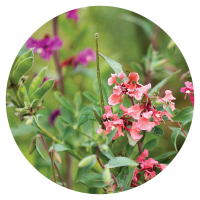
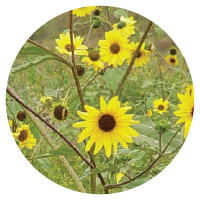
Smaller flowering shrubs
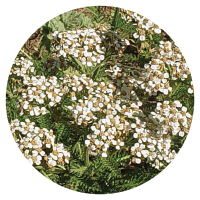
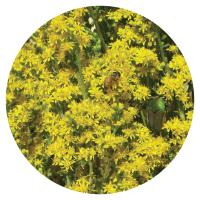
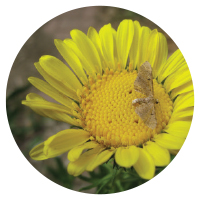
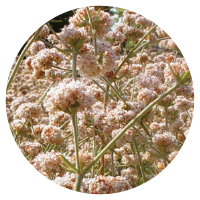
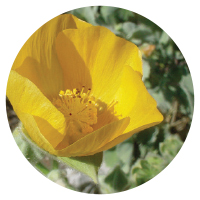
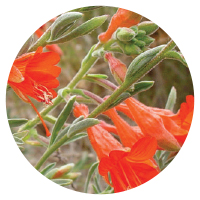
Trees and large shrubs
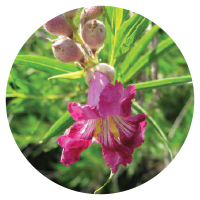
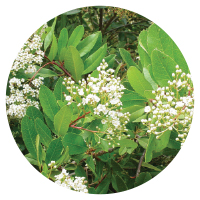
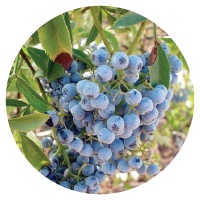
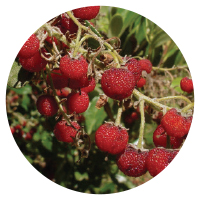
For more plant varietals, visit Vadheim’s blogs:
Summer native plant activities
Vadheim presents gardening talks at the Madrona Marsh Nature Center this summer:
Sat., July 11, 2015, 10 a.m.: Butterfly Gardens for Mid-Century Modern Homes
Sat., Aug. 1, 2015, 10 a.m.: Creating a Water-Wise Water Feature
For more information on these and other events at the Madrona Marsh Nature Center. Vadheim also suggests attending events presented by these organizations: California Native Plant Society, South Coast Chapter or Gardena Willows Wetland Preserve.